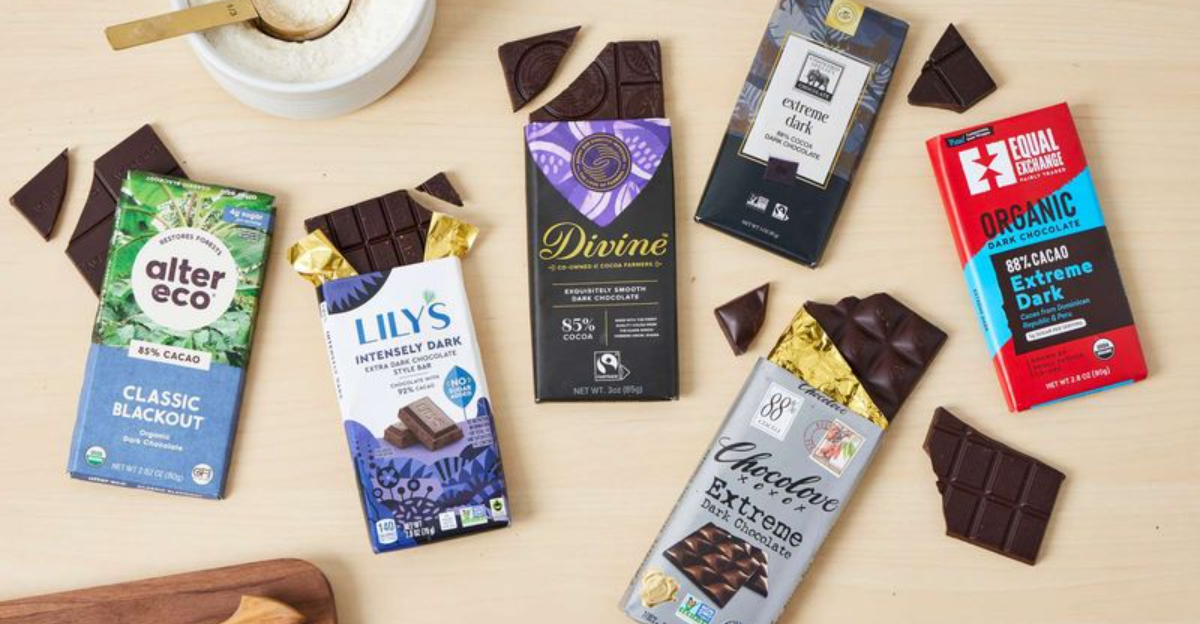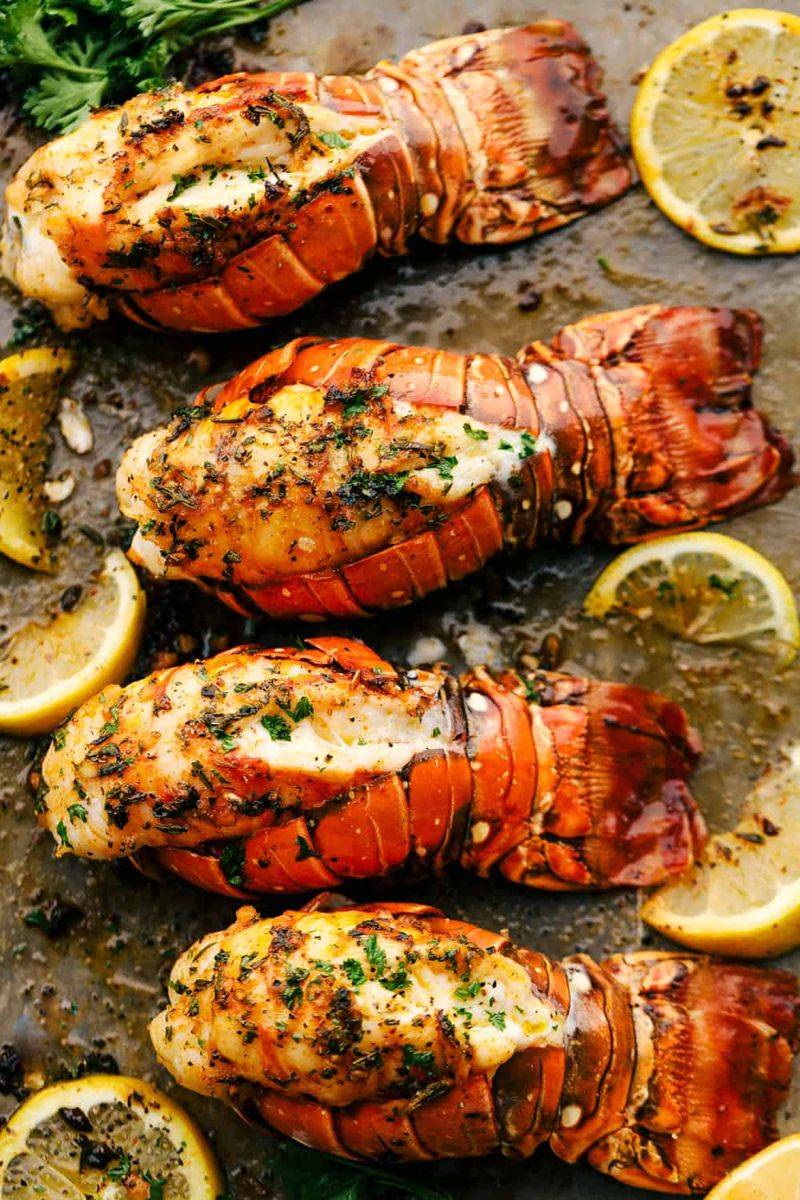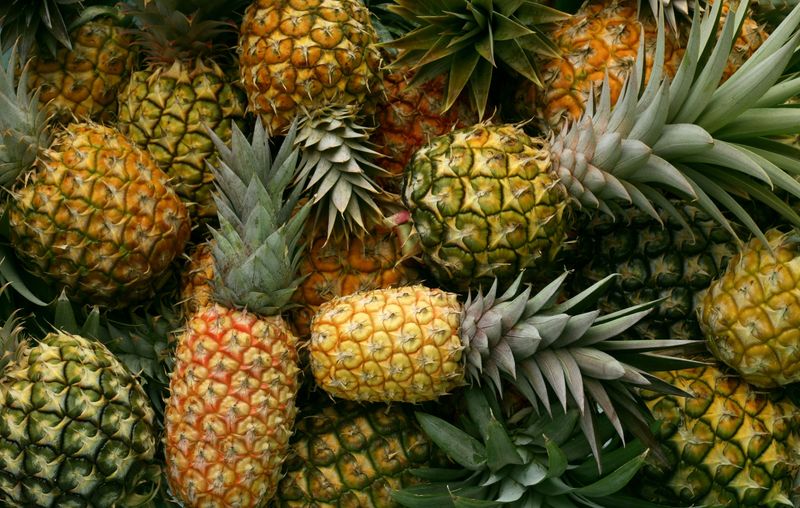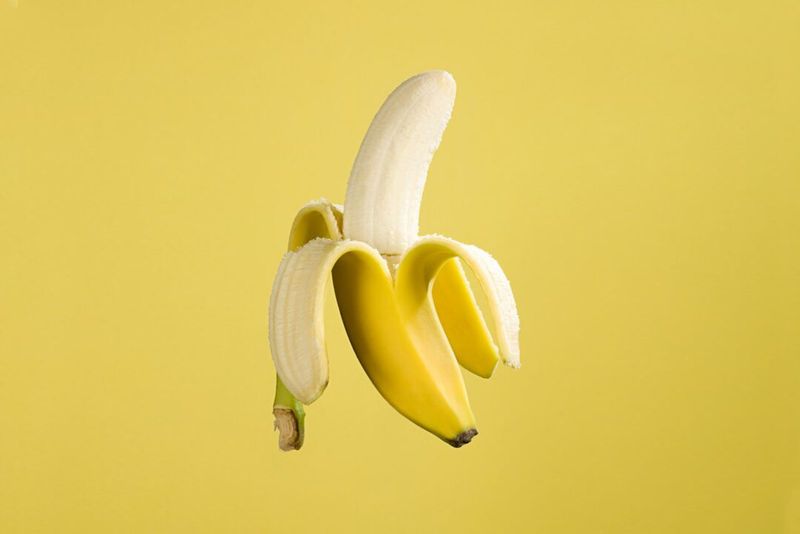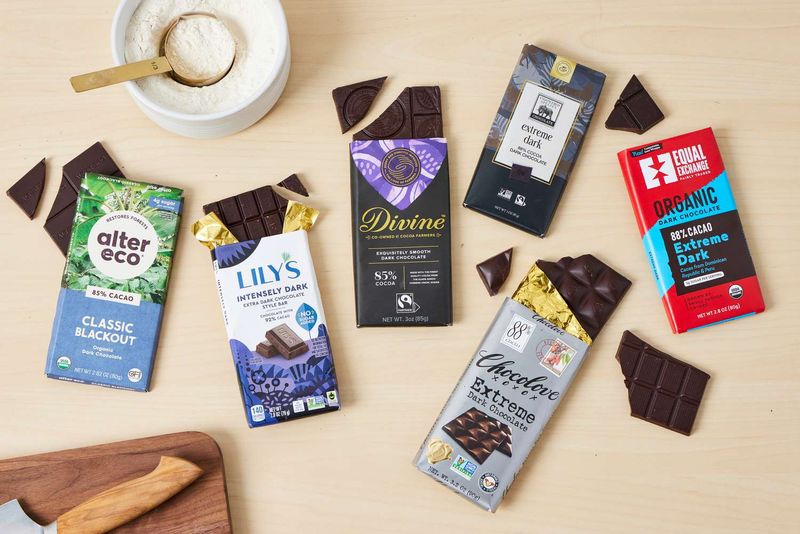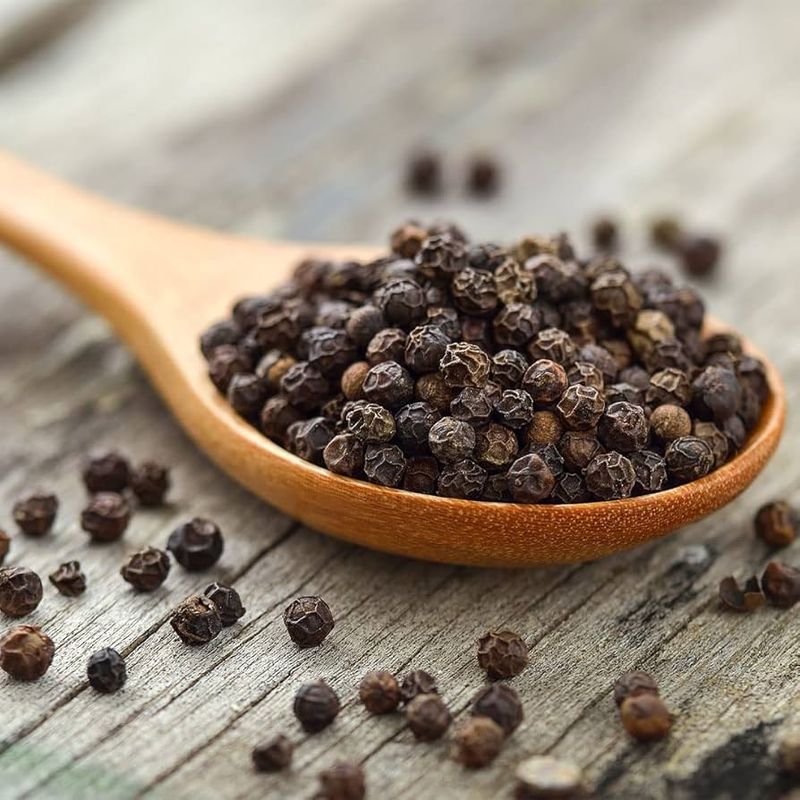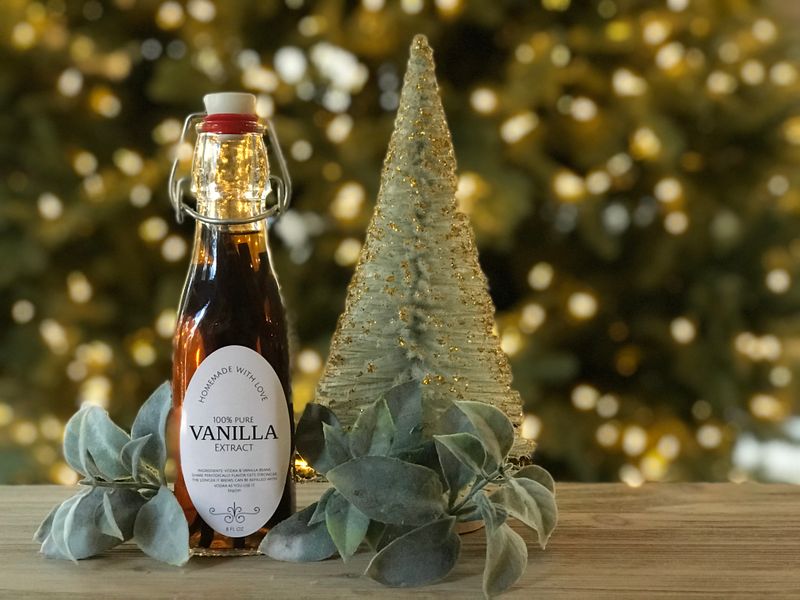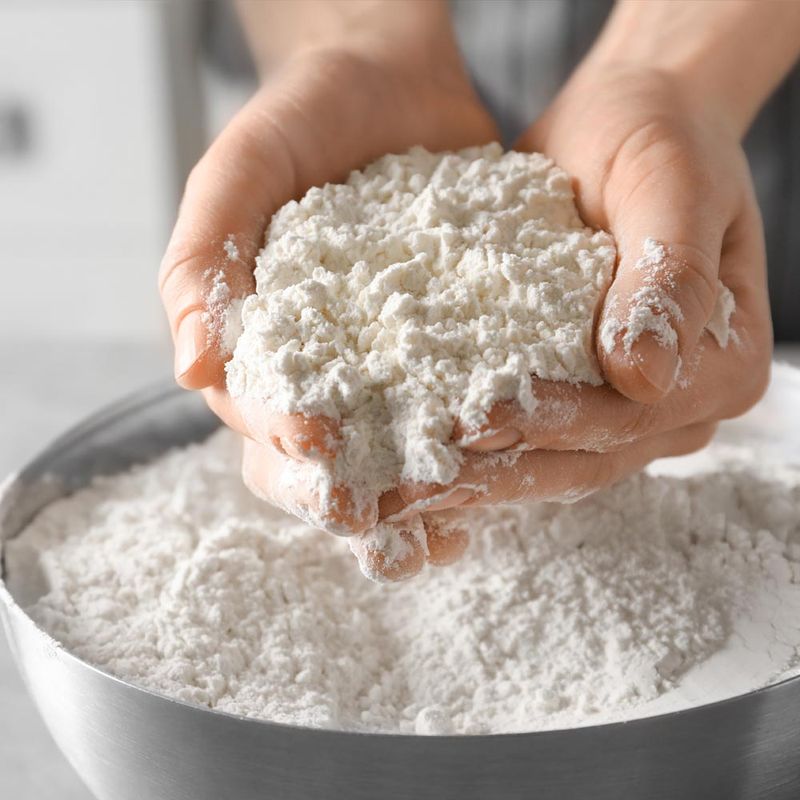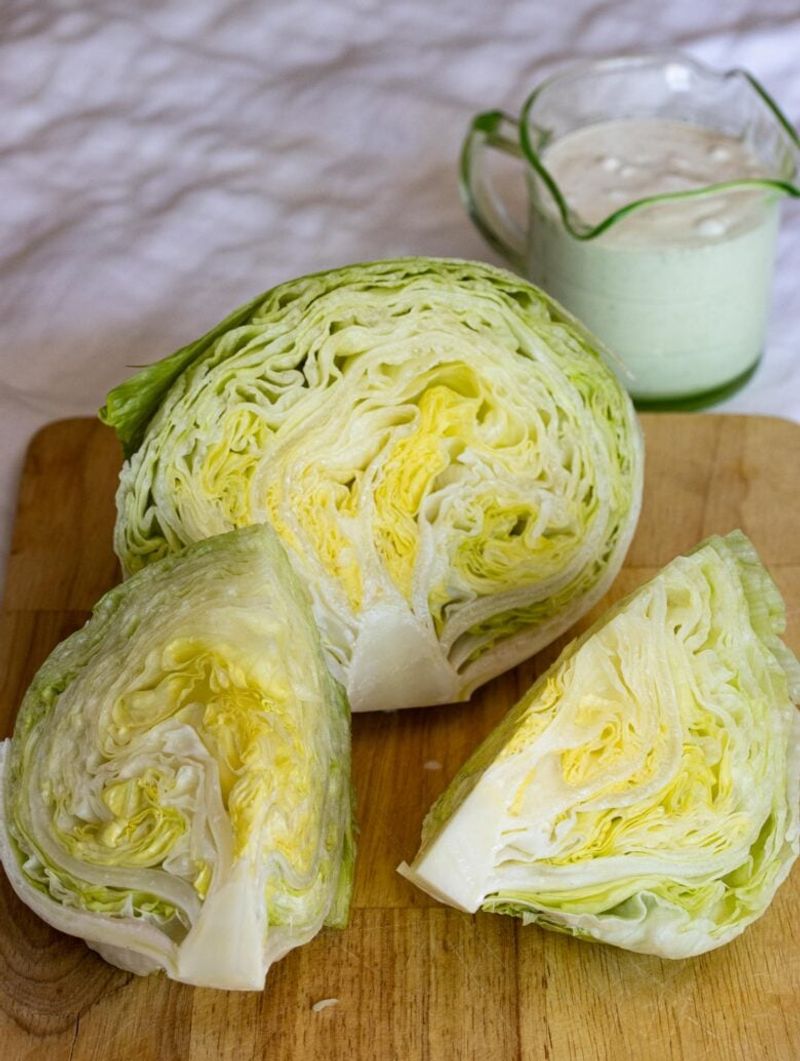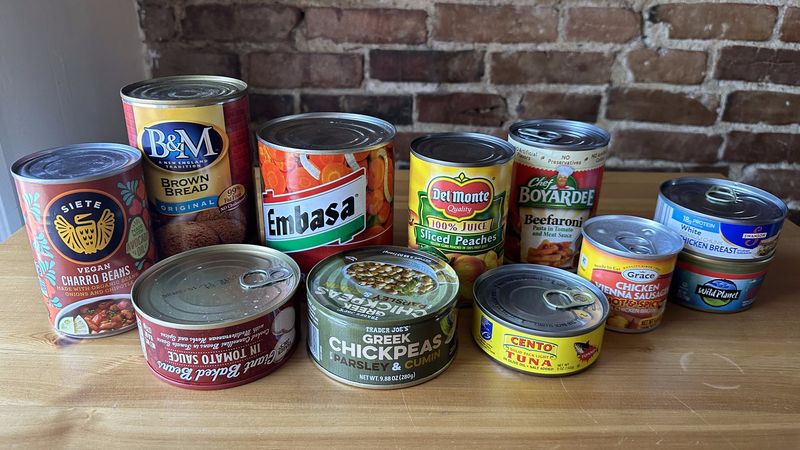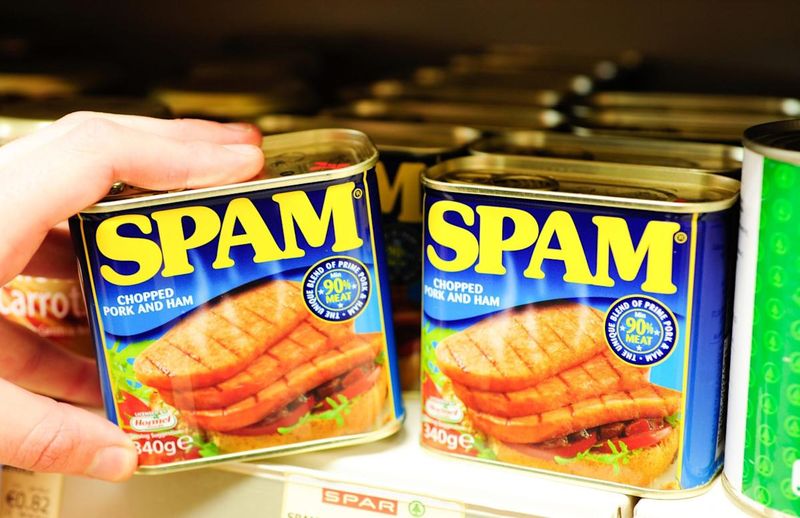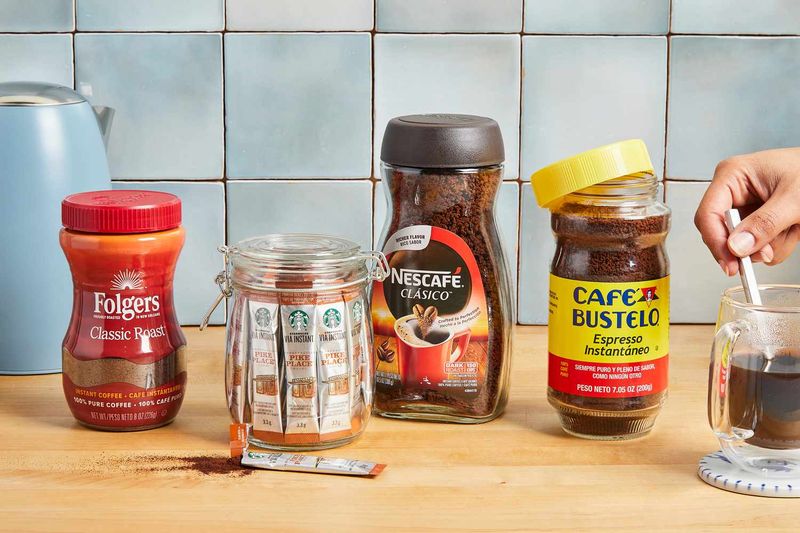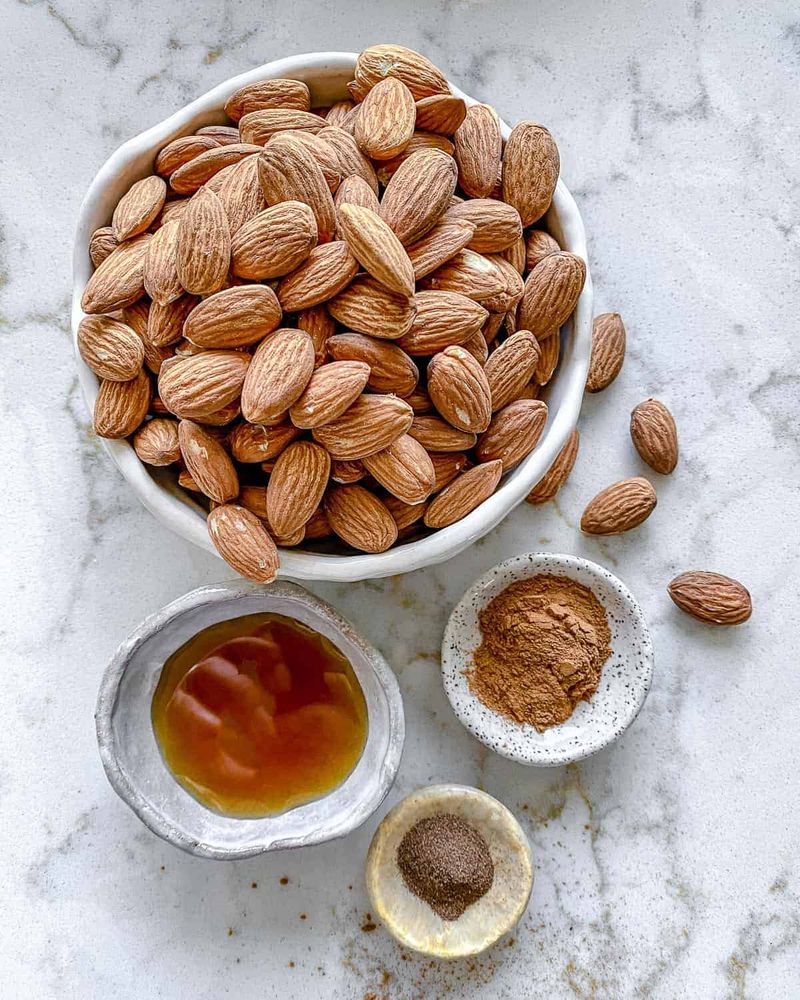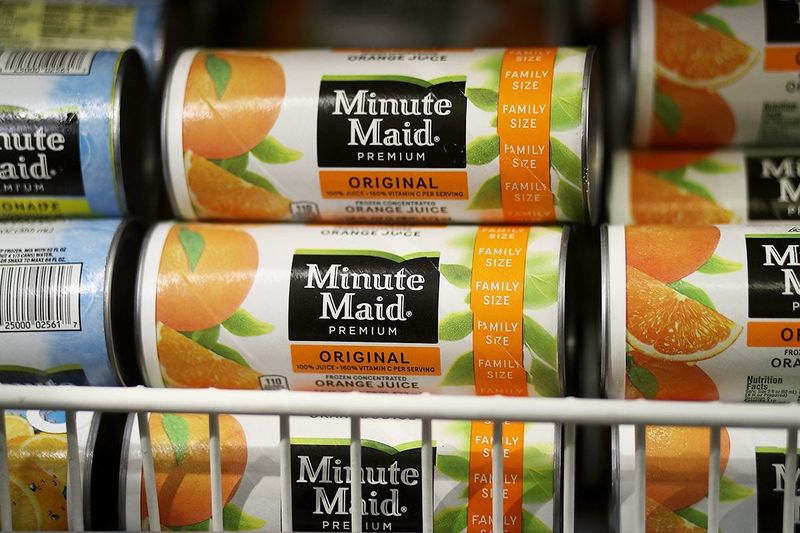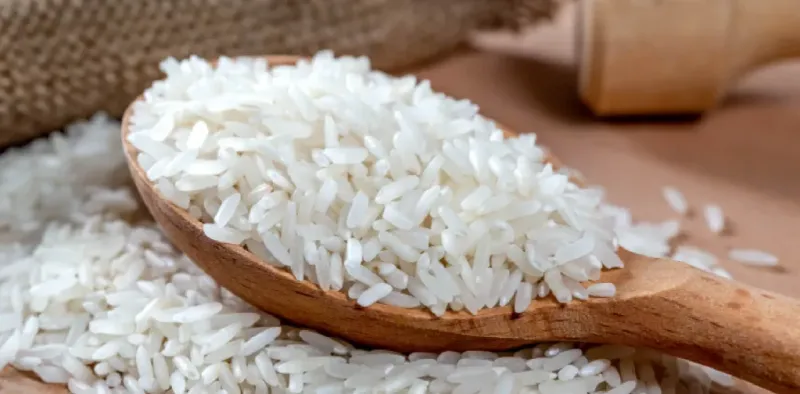Explore how once-luxurious foods have become everyday staples, illustrating a journey of cultural transformation and economic change.
1. Lobster
In the 1800s, lobster was so abundant in New England that it was fed to prisoners and servants. By the Gilded Age, it had transformed into a high-society delicacy, gracing the tables of the elite. Today, its status has shifted once more. Lobster is now affordable enough for casual seafood dinners, though wild-caught Maine lobster still commands a premium. The journey from humble beginnings to luxury and back to everyday fare highlights the ebb and flow of culinary trends.
2. Pineapple
In 18th-century Europe, a single pineapple could cost an equivalent of $8,000 today. Wealthy hosts would rent them as party centerpieces, symbolizing exotic wealth and hospitality. Fast forward to the present, pineapples have become a staple in grocery stores for under $3. The democratization of tropical fruits reflects broader changes in global trade and agricultural practices, making once-exclusive tastes accessible to all.
3. Sugar
Medieval Europeans referred to sugar as “white gold,” a precious commodity accessible only to the rich. Its rarity and sweetness made it a luxury item. Today, sugar is one of the cheapest commodities in the world, available to everyone for a fraction of the cost of more nutritious foods. This shift from luxury to commonplace pantry staple underscores changes in production and consumption patterns across centuries.
4. Bananas
Once a rare tropical delight, bananas were a prized treat in 19th-century America, often sold wrapped in foil for high prices. Now, bananas are regularly found in households, often costing less than $0.60 per pound. Their journey from rarity to ubiquity reflects advancements in transportation and cultivation, which have made this deliciously convenient fruit a core component of global diets.
5. Chocolate
Long ago, the Aztecs valued cacao so highly it was used as currency. By the 17th century, chocolate had become a drink for European aristocrats. Nowadays, a $1 candy bar is often cheaper than an apple, exemplifying the transformation of chocolate from luxury to a beloved treat. This journey highlights the sweet evolution of chocolate, from a cultural treasure to a universal delight.
6. Black Pepper
In ancient Rome, black pepper was so valuable it was used to pay rent and ransoms. Its intense flavor and exotic origin made it a coveted spice. Fast forward, a $3 shaker of black pepper now lasts months in the average kitchen. The once-precious spice has become an everyday seasoning, reflecting the shifts in global trade and availability that democratized spices worldwide.
7. Vanilla
In the 1800s, vanilla was more costly than silver due to its intricate cultivation process. However, synthetic vanilla has made this once-luxury flavoring dirt-cheap, though real vanilla still holds its price. The widespread availability of this aromatic delight has changed the landscape of baking and desserts, allowing more people to enjoy its rich flavor without breaking the bank.
8. White Flour
Once upon a time, only the wealthy could afford finely milled, pure white bread. Today, a 5-pound bag costs under $3, making white flour a staple in most kitchens. Its transition from an exclusive item to a common ingredient illustrates broader economic changes and the advancements in milling technology that have made baking accessible to more households.
9. Iceberg Lettuce
In the 1920s, iceberg lettuce was a luxury, shipped in refrigerated train cars to maintain its crispness. Now, it serves as the cheapest salad base in stores, widely available and affordable. This shift highlights advancements in transportation and refrigeration, making fresh produce accessible regardless of season or location.
10. Canned Food
Originally pioneered by Napoleon’s army, canned goods were once expensive and rare. Today, canned soup costs less than fresh produce, becoming a budget-friendly option for many households. The evolution of canned food from a military innovation to a common kitchen staple reflects advances in preservation technology and its role in modern convenience.
11. Spam
Once a prized WWII military ration, Spam was considered a rare treat during hard times. Today, it’s widely regarded as a $3 budget staple, providing a versatile protein option for countless quick meals. Its journey from wartime necessity to everyday convenience food showcases shifts in economic conditions and consumer preferences.
12. Coffee
In 17th-century Europe, only the elite indulged in coffee at fancy coffeehouses. Now, instant coffee costs pennies per cup, making it an everyday morning ritual for many. The transformation of coffee from a luxury to a global staple illustrates cultural shifts in consumption and the accessibility brought about by modern manufacturing processes.
13. Almonds
Ancient Egyptians valued almonds so highly they were buried with pharaohs as treasures. Today, almonds are a common snack, available in bulk at stores like Costco. Their shift from royal treasure to accessible health food reflects changes in agricultural practices and global trade, making nutritious snacks affordable for more people.
14. Frozen Orange Juice
In the 1940s, frozen orange juice was considered a futuristic luxury, revolutionizing how people consumed citrus fruits. Now, a $2 concentrate can be found in almost every freezer aisle. This change illustrates the evolution of food preservation technology and its impact on making once-special treats a part of everyday life.
15. White Rice
In feudal Japan, peasants were taxed in rice, and only nobles enjoyed it regularly. Today, a 20-pound bag of white rice costs around $10, making it an essential staple worldwide. The journey from a taxed commodity to an affordable household staple shows the shifts in agricultural productivity and global food distribution.
